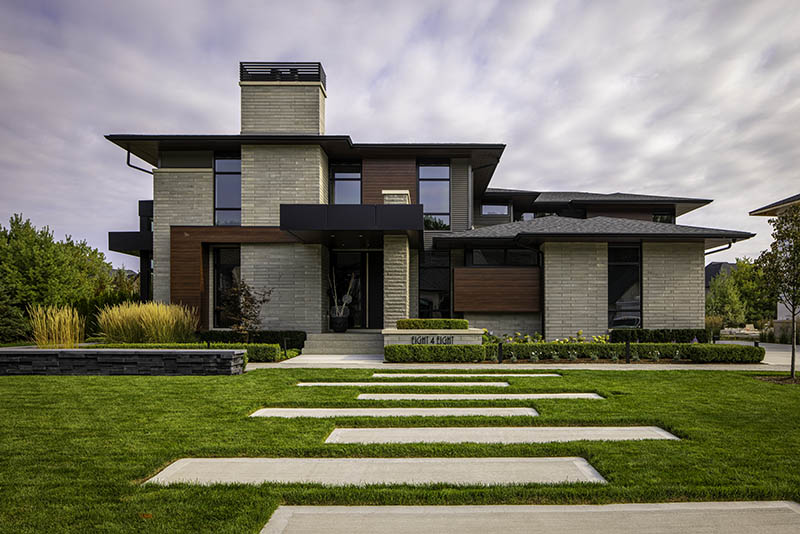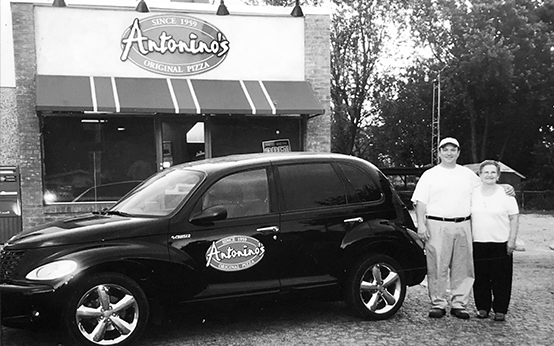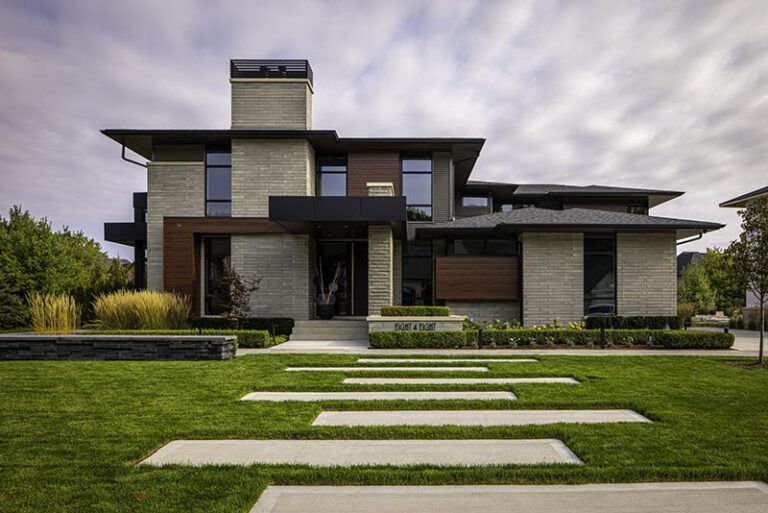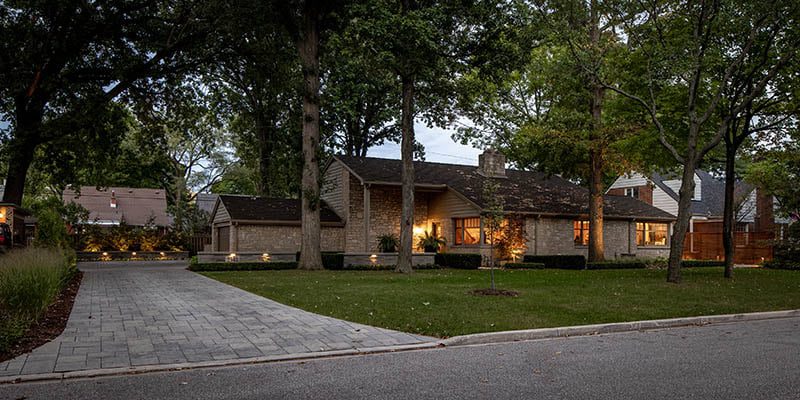
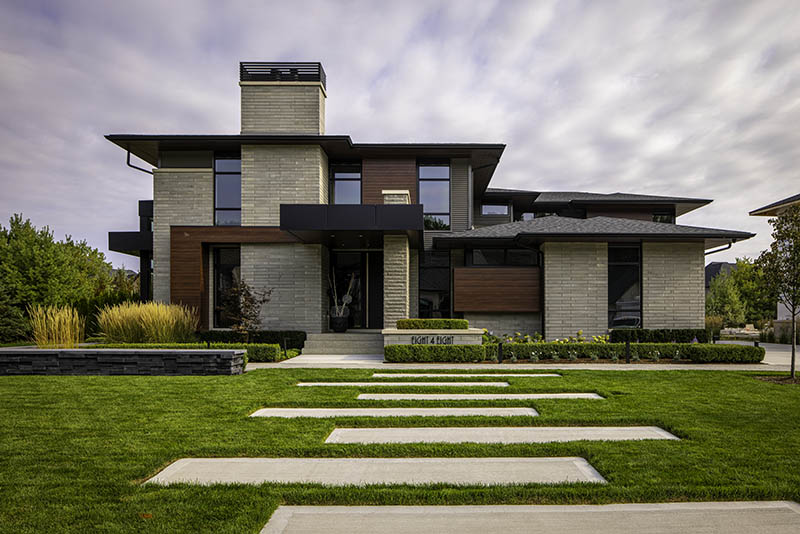
Maximizing your curb appeal is essential to impress potential buyers and visitors or to create your personal sanctuary. The exterior of your home is the first thing people see, which can significantly impact their impression of your property. Fortunately, you can add beauty and value to your home with simple DIY projects to help create a beautiful and sustainable landscape on a budget. We had the chance to catch up with Liana Desmarais, co-owner of Plantscape, and Heather Horton, Senior Designer for the Landscape Effects Group, to put together some budget-friendly tips to help you make the garden of your dreams without breaking the bank:
Plan your landscape design
Before you start landscaping projects, planning out your design is essential. First, consider the style you want to achieve, whether modern, traditional, or something in between. Next, consider the layout of your property and the natural features, such as slopes or trees, that you want to highlight. Finally, decide on the types of plants, flowers, and trees you wish to use, and choose suitable materials for paths, patios, and other hardscaping features.
“The first mistake that’s probably most common is not realizing how big your plants will get in a year or two, so the project looks great when it’s first installed, but they don’t realize that that particular plant can grow to be about 8 feet tall, then you have to manage that through the years as it grows – there’s just not enough space,” said Liana “It can be avoided through some simple research.”
Shop at local nurseries
Buying plants and flowers from local nurseries can be a great way to save money; plus, you can be confident that the plants you purchase are well-suited to the local climate and growing conditions.
“Many local nurseries/big box stores offer great pricing on perennials and shrubs. If you are patient, you can get smaller specimens and watch them grow,” said Heather
DIY hardscaping
Hardscaping refers to the non-living elements of your landscaping, such as paths, walls, and patios. You can save money by doing some projects, such as laying a stone path or building a small retaining wall. “Realize the space that you have, add a splash of colour to your patio furniture, you can put your personal spin on things – try themed pillows and accessories,” said Liana.
Consider perennials
Perennial plants come back year after year, so you don’t have to purchase new plants every season. They also tend to require less maintenance than annuals, saving you time and money in the long run. In addition, perennials can provide year-round habitat for wildlife, including birds, insects, and small mammals. They can also provide shelter during extreme weather conditions.
“Incorporating a variety of shrubs and perennials that attract wildlife is always a good idea. Also, remember that leaving your grasses to brown off in the winter months instead of cutting them down is a good idea to provide wildlife with shelter from the cold,” said Heather.
Consider DIY irrigation
A DIY irrigation system can help you save water and ensure your plants get moisture. You can create a simple drip irrigation system using a soaker hose, PVC pipe, or even old soda bottles.
“Remember that most shrubs/trees/perennials don’t like a lot of water anyway,” said Heather, “Most people over-water their plants. If you have an irrigation system, have a water sensor installed. This will prevent the system from turning on when it is raining. Irrigation systems, in general, are a great way to monitor your watering. Monitor your irrigation practices to prevent over-watering. Remember: turf grass requires more water than the items in the planting beds.”
Consider using stone instead of mulch.
Stone and mulch are popular materials for landscaping and gardening, but they have different sustainable benefits. Stone is a durable material that can last for years, reducing the need for replacement and thus reducing waste; it also requires very little maintenance, reducing the amount of water, fertilizer, and other resources needed to maintain it.
“Mulch needs to be topped up and turned over basically annually, and the break-even point is in the 3-4 year range – so if you install mulch today and have to top it up every year, you break even at the 4-year point versus having a stone that’s just denser – it doesn’t blow away in the wind. So at that 4-year point, you still haven’t had to top it up,” said Liana
Incorporating DIY landscaping projects into your home this summer can be a great way to add beauty and value to your property. Whether you’re looking to spruce up your front yard or backyard or create a new outdoor living space, many landscaping ideas can transform your home into a stunning oasis. So what are you waiting for? Let’s get started!
